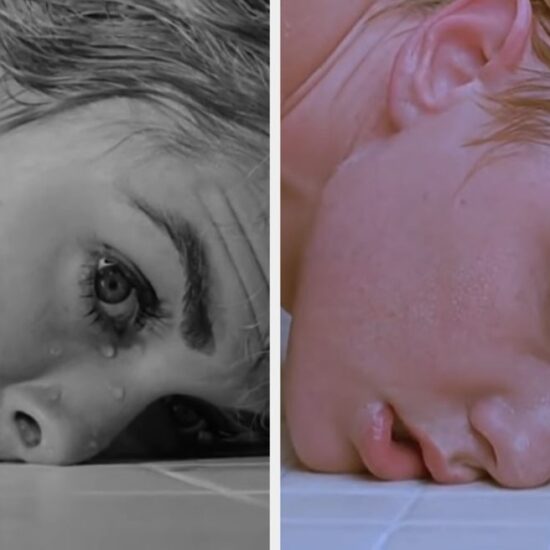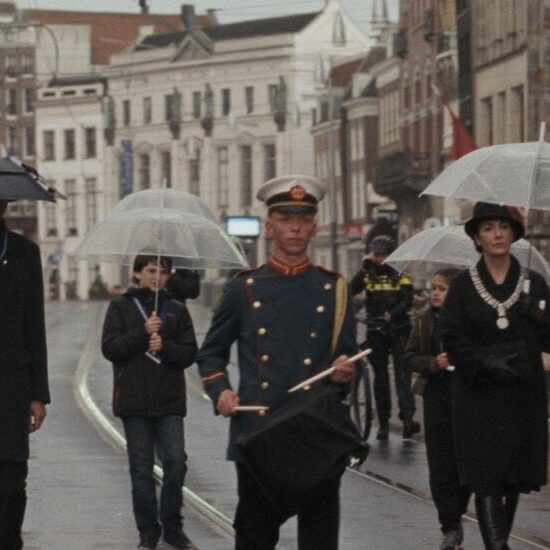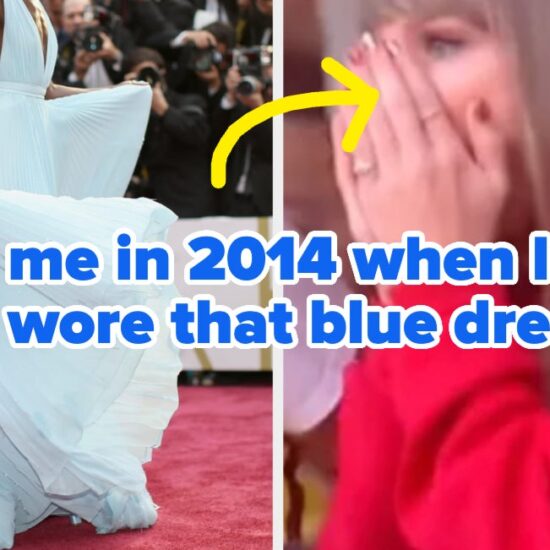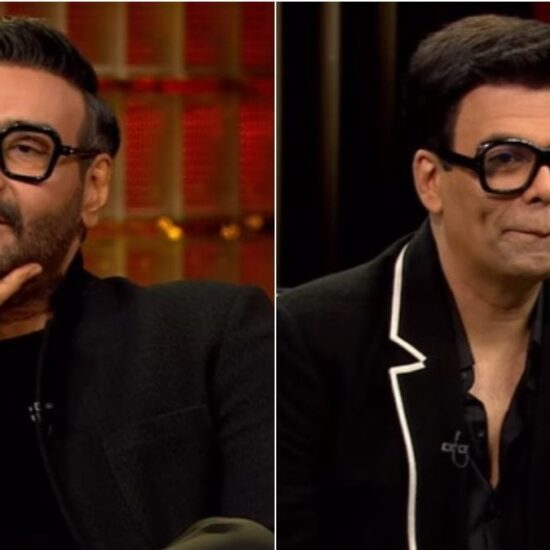
Always a quick worker, Scorsese establishes the time and place with seamless efficiency. Ernest has come to Oklahoma to work with his uncle, William Hale (a terrific Robert De Niro), a well-to-do, glad-handing cattle rancher who lives with his small family in a large, gloomy house surrounded by prairie. Known as “the King of the Osage Hills,” Hale welcomes Ernest into the fold with amused prurience: He asks if Ernest brought anything back from the war, a.k.a. the clap (no), and if he likes women (yes). Hale also delivers a brief lesson on the Osage, who in recent decades have become enormously wealthy from their oil strikes. They are, Hale says, “the finest, the wealthiest and most beautiful people on God’s earth.”
Ernest tethers you to the story and its early buzz and confusion, and you discover this new world and its people largely through him. He soon sets himself up as a chauffeur-for-hire in Fairfax, a boomtown that’s still shaking off the dust of the 19th century. There, Scorsese makes an entire social order come alive — he has an ethnographer’s eye — as roadsters race past horses and buggies on the main dirt strip, and a white salesman on bended knee implores a Native family to buy another luxury automobile. It’s amid this tumult that Ernest meets Mollie Kyle (Lily Gladstone, wonderful), an Osage woman with watchful eyes and a colorful blanket that she drapes over her shoulders like a royal mantle. They flirt, and soon wed.
Ernest and Mollie’s courtship develops with graceful naturalism — the two actors make immediate sense together — and their relationship grounds the story emotionally. Now 48, DiCaprio is about twice as old as the real Ernest was at the time, and age has made his face more yielding and eloquent. Ernest looks like he’s been beaten up by life (the war presumably took a toll, too), and when you first see him, a large frown is tugging his face downward, giving him a sour, dyspeptic look that only really lifts when his and Mollie’s romance takes flight. Sometime later, you realize that his uncle has the exact same frown, although Hale, who presents himself as a welcoming man of the people, is careful about who sees his displeasure.
The movie is based on David Grann’s 2017 book “Killers of the Flower Moon: The Osage Murders and the Birth of the F.B.I.,” a nonfiction account of how, in the early 20th century, greedy whites preyed on the newly oil-rich tribe. The book is informative, stark and relentlessly grim; the depravity of some of the crimes can be shocking. In adapting it, Scorsese and Roth have more or less jettisoned the second half of Grann’s subtitle: There’s little in the movie about the Federal Bureau of Investigation, its foundational years or its newly appointed young director, J. Edgar Hoover. (The story may horrify you, but it’s hard not to laugh when DiCaprio meets his first fed — portrayed by the reliably good Jesse Plemons — given that DiCaprio played Hoover in “J. Edgar.”)













